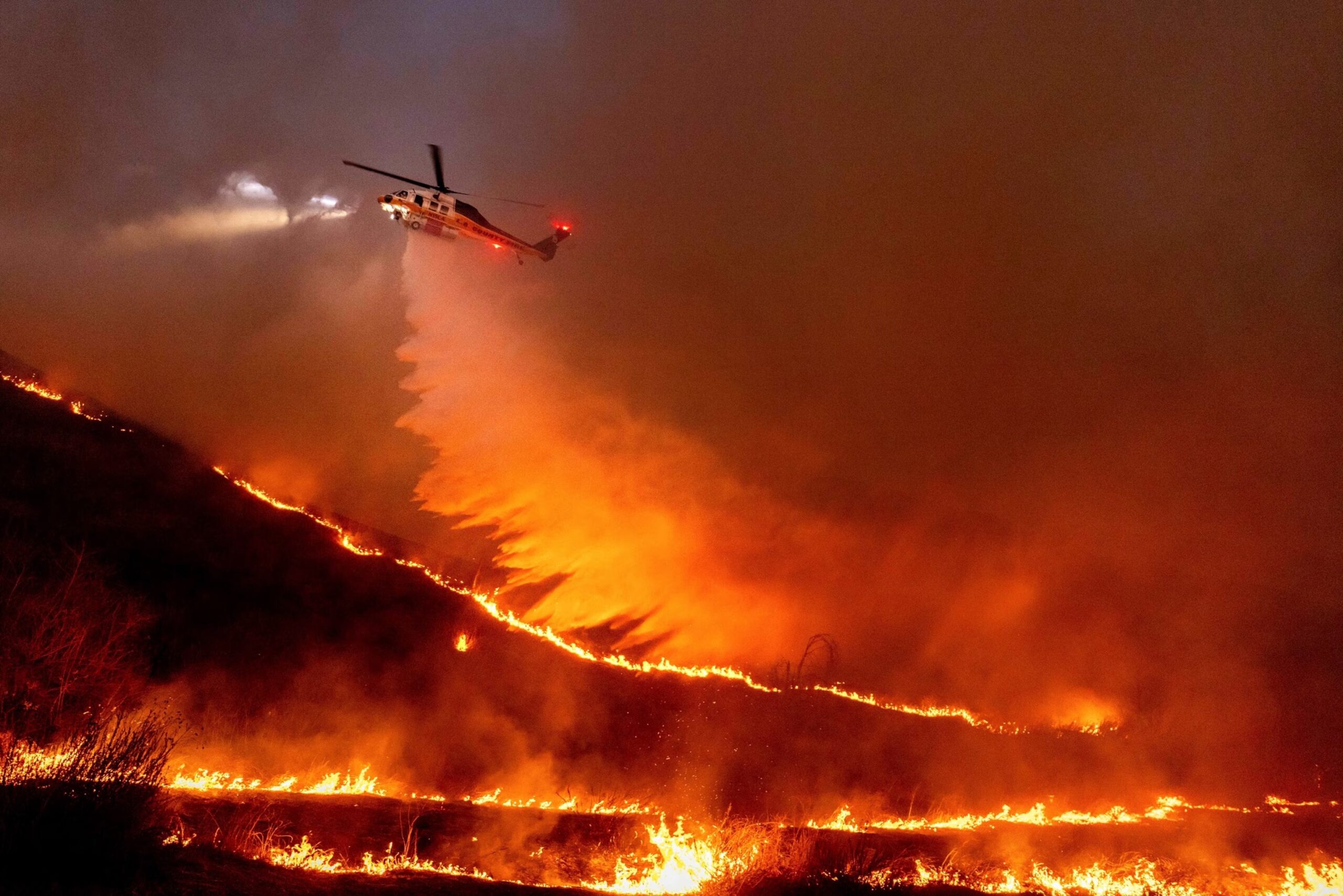By Thamanna Sadique
The recent incident of wildfires in Los Angeles, California has been reported as one of the worst-case scenarios. The winds of Santa Ana struck without any prior notice or rain.
According to an NBC report, by the morning of Thursday, the fire had swallowed more than 17,000 acres. As per the photos clicked after the fire, it shows almost complete destruction of the area, especially the residential community.
Up to 180,000 people were dislocated and almost half a million people lost their homes in the fire.
Char Miller, a professor of environmental analysis and history at Pomona College says that despite knowing that the area is prone to fire, people still built houses there because the city hall and government gave them green signals, and now people have built houses deep into the areas of forest fires.
According to Federal Analysis, LA consist of 99% of the areas that are subjected to forest fires whereas according to the maps of fire department of LA, Pacific Palisades, Hollywood hills and Altadena are the three major areas where the risk of fire is extreme.
Following the Woolsey Fire in November 2018, an after-action review expressed the issues that are still relevant for firefighters today. The fire surged through the Santa Monica Mountains towards residential areas of the Malibu coast, making 250,000 people evacuate from there. More than 1,000 homes in Ventura and Los Angeles counties were lost to the flames.
According to an article by NBC news, the intensity of the spread of fire “overwhelmed the resources on the scene,” and pointed out that dead-end canyon roads made the evacuations and firefighting efforts complicated. Due to the existing weather conditions and the limitations faced by the fire department, the initial focus in Malibu and along the Pacific Coast Highway was on saving lives and ensuring safety over property protection.
However, the report indicated a different statement saying that, “The public has a perception that public agencies can always protect them. As an incident the size of the Woolsey Fire shows, this is not always possible,” and applauded the first responders for keeping fatalities to three. It concluded that merely increasing the number of fire engines and making homes prepared for potential fire is not sufficient and won’t be able to safeguard new developments in fire-prone regions. “Even if the current fire weather cycle stops, it will return,” says the report.
Currently, the devastating wildfires in northwest Los Angeles continue to pose a threat as firefighters struggle to tackle the situation in southern California. Nearly thousand people have evacuated their homes and businesses, with many buildings already destroyed and 24 reported dead as of 13th January Monday morning. As per the website of CalFire, the California Department of Forestry and Fire Protection, neither of the two largest fires threatening densely populated Los Angeles neighbourhoods has been under the control.
